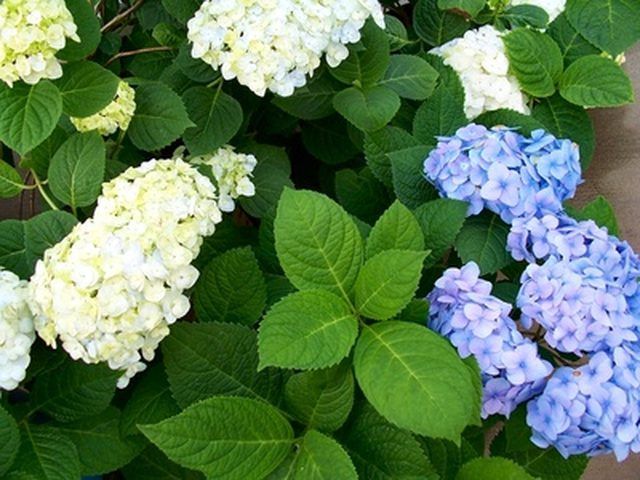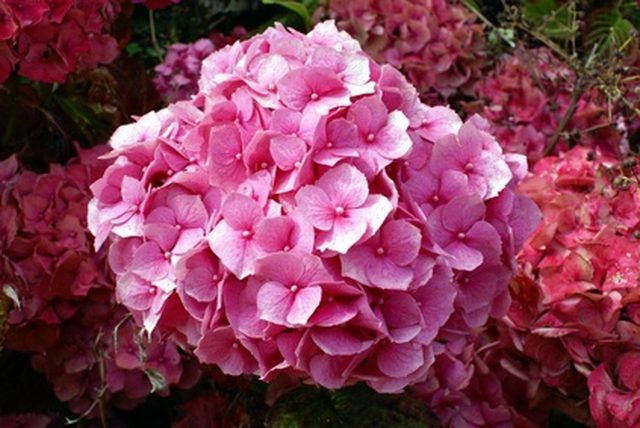Bulbs
Flower Basics
Flower Beds & Specialty Gardens
Flower Garden
Garden Furniture
Garden Gnomes
Garden Seeds
Garden Sheds
Garden Statues
Garden Tools & Supplies
Gardening Basics
Green & Organic
Groundcovers & Vines
Growing Annuals
Growing Basil
Growing Beans
Growing Berries
Growing Blueberries
Growing Cactus
Growing Corn
Growing Cotton
Growing Edibles
Growing Flowers
Growing Garlic
Growing Grapes
Growing Grass
Growing Herbs
Growing Jasmine
Growing Mint
Growing Mushrooms
Orchids
Growing Peanuts
Growing Perennials
Growing Plants
Growing Rosemary
Growing Roses
Growing Strawberries
Growing Sunflowers
Growing Thyme
Growing Tomatoes
Growing Tulips
Growing Vegetables
Herb Basics
Herb Garden
Indoor Growing
Landscaping Basics
Landscaping Patios
Landscaping Plants
Landscaping Shrubs
Landscaping Trees
Landscaping Walks & Pathways
Lawn Basics
Lawn Maintenance
Lawn Mowers
Lawn Ornaments
Lawn Planting
Lawn Tools
Outdoor Growing
Overall Landscape Planning
Pests, Weeds & Problems
Plant Basics
Rock Garden
Rose Garden
Shrubs
Soil
Specialty Gardens
Trees
Vegetable Garden
Yard Maintenance
Hydrangea Care Guide
Hydrangea Care Guide. The vibrant blooms of Hydrangea macrophylla color the garden from mid-summer through fall. This deciduous shrub, commonly called bigleaf hydrangea, is easy to grow if you keep a few cultural tips in mind.

The vibrant blooms of Hydrangea macrophylla color the garden from mid-summer through fall. This deciduous shrub, commonly called bigleaf hydrangea, is easy to grow if you keep a few cultural tips in mind.
Planting Location
Place bigleaf hydrangeas in a protected area of the yard that receives morning sun and afternoon shade. Exposed full-sun locations cause droopy leaves and scorched flowers.

Soil Requirements
Provide hydrangeas with moist, well-drained soil that contains ample organic matter. Add a 2- to 4-inch layer of compost at planting time.
Hydrangea flower color is determined by the soil's pH. In general, acid soils (between 5.0 pH and 5.5 pH) produce blue flowers while alkaline soils (6.0 pH and higher) create pink flowers.
Watering
The hydra in hydrangea means water in Greek. Keep hydrangeas consistently moist. During dry spells, soak them once or twice a week. Apply a 2- to 3-inch layer of mulch to retain moisture and suppress water-guzzling weeds.
Fertilizing
Feed bigleaf hydrangea throughout the growing season. Clemson University suggests using a general-purpose fertilizer, such as 10-10-10, in March, May and July.
Pruning
Bigleaf hydrangea blooms form on wood grown the previous year. Prune right after flowering so the plant can develop the required "old wood" to produce blossoms the following year.